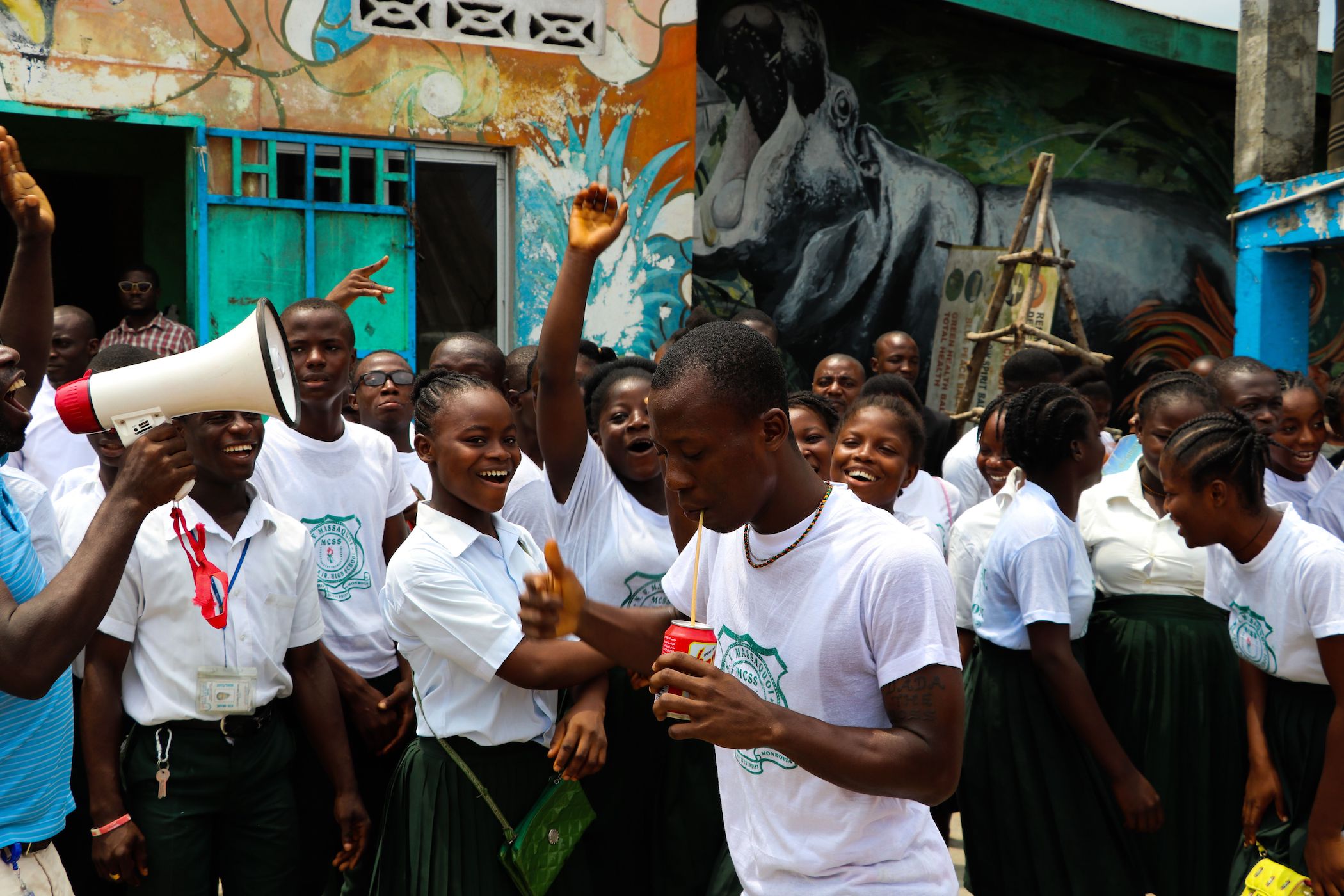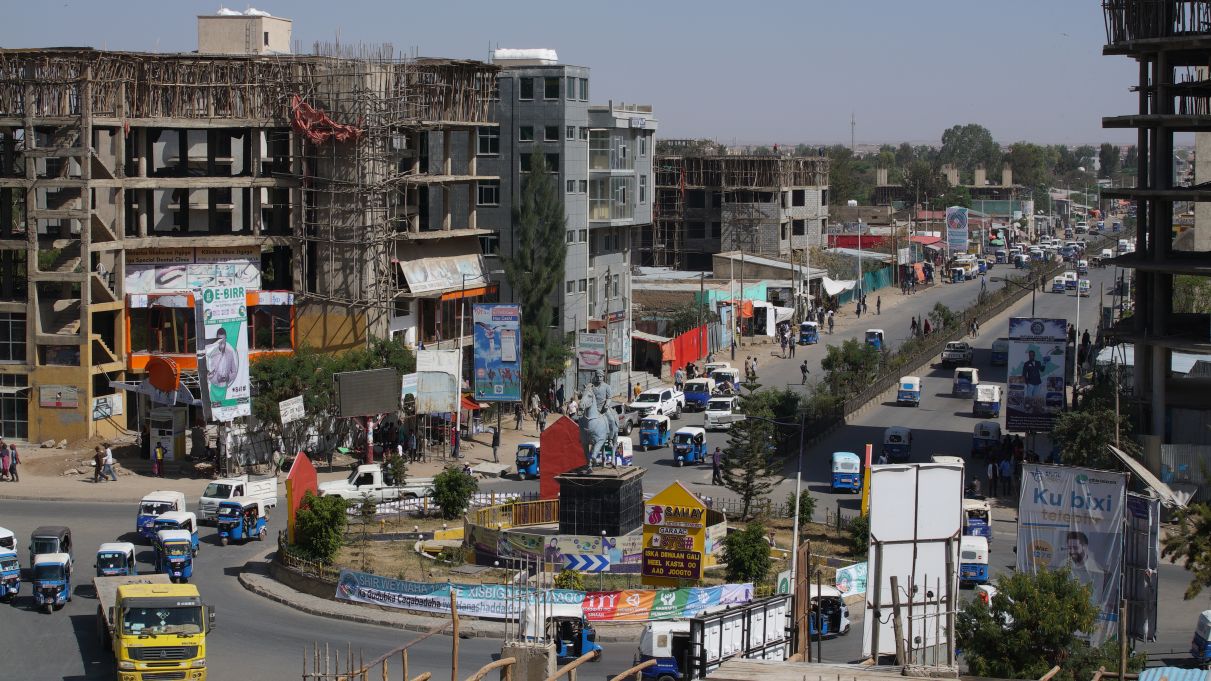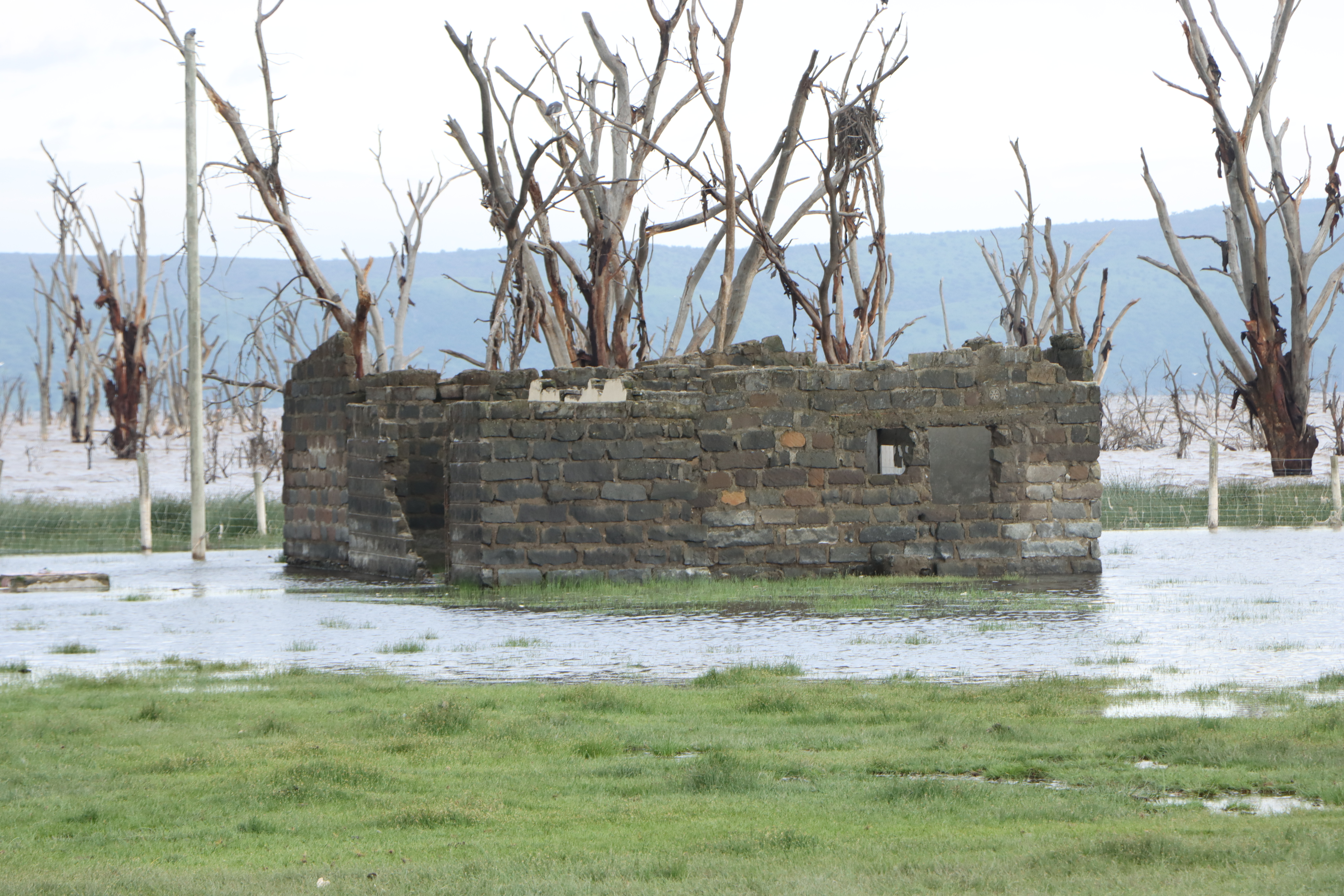This project was selected under the Innovation Programme Call for Proposals 2019
Secure Tenure in African Cities: Micro Funds for Community Innovation
Download the final 2-pager report
Conventional tools for city planning, administration, and land management are not designed to address complex questions involving land rights, tenure security, and other issues in the fast-growing informal settlements of Africa's large cities. To fill this gap, Pamoja Trust, a Kenyan non-profit organization that seeks to promote access to land, shelter, and basic services for the urban poor, has introduced more effective planning tools and approaches that are already yielding results in Mombasa and Nairobi, Kenya.
With support from the Cities Alliance Innovation Programme, Pamoja Trust has implemented the innovative Social Tenure Domain Model (STDM), a pro-poor land information management system as part of a project to help residents in the informal settlements of Mashimoni and Mathare 4B in Nairobi County, and Kwa Bulo in Mombasa County plan for a more secure future.
In recent decades, Mombasa and Nairobi have grown rapidly, but unsustainably – without the investments in infrastructure needed to provide for all residents, especially poor people living in informal settlements. These residents not only lack access to basic services and public resources, but also to basic tenure security and land rights. Without tenure security, already vulnerable residents – including women, children, and members of other disadvantaged groups – live under the constant threat of eviction from their homes and demolition of their property.
To help residents begin to address these issues, Pamoja Trust worked with leaders, officials and community members in Mashimoni, Mathare 4B, and Kwa Bulo through a multi-faceted project focused on the use of STDM in advocating for tenure security. The STDM can be used to generate information about where people actually live in informal settlements – and their relationships to the urban spaces they call home. Without this information, it can be difficult for informal land rights to be recognized and recorded. But the use of STDM can bridge the gap between informal and established systems and help residents of informal communities move towards tenure regularization and better access to economic and social services.
Some of the many accomplishments of the Pamoja Trust STDM project thus far include the following:
- Preparation of the Mombasa Housing Bill to implement STDM in the development of the county housing information system and land inventory.
- Development of advocacy strategies with the Mathare 4B community in response to eviction threats, including organizing residents, such as the cooperative, and spatial (social and technical) mapping of the settlement boundary.
- Integration of the STDM model and process in the Women’s Movement, creating space for women in leadership, planning, and participation.
- Issuance of certificates of occupancy to members of the Kwa Bulo community.
- Inclusion of Mashimoni as part of the Kenya Informal Settlements Improvement Project (KISIP), enabling it to benefit from Kenya's informal settlements infrastructural development program.
- Establishment of STDM-trained youth teams from Mathare 4B, Mashimoni, and Kwa Bulo to build future capacity and to advocate for tenure in their settlements.
The youth teams have also provided a way for young people to contribute to their communities and to support the leadership through their technology skills.
Most of us youths in Mathare 4B Settlement are computer literate," noted Jackline, of STDM Team Mathare 4B. "We were able to use these skills to help our community in the pursuit of security of tenure. We are able to now manage and manipulate our community data in computers. STDM identifies the relationship that a particular person has with a particular space, in this context. In the instance where our space is threatened, the STDM process will help us engage stakeholders on an evidence-based basis.
The Pamoja Trust STDM project has also held conferences on STDM and adaptive planning, governance, and engagement on land tenure issues and roundtables with settlement leaders, Nairobi and Mombasa County officials, civil society organizations, and academics, and has established a Mashimoni leaders' taskforce on tenure security.
Overall, the project appears to be helping to contribute toward building community and creating a sense of unified purpose:
We agreed to form a cooperative … as a way to unite the Mathare 4B community so that we can fight for our land," said Grace, a member of a cooperative. "In [the] community land act, we are trying to see how to come together as one in order to claim the land as a community.
Over the course of the project, Pamoja Trust has been able to demonstrate the capabilities of the STDM and has also developed knowledge products in order to share the lessons learned in Mombasa and Nairobi, including its methodology and processes, with other countries. The STDM model has the potential to facilitate more inclusive planning and governance, create inclusive cities, and promote access to land with secure tenure, as envisioned by the New Urban Agenda.




